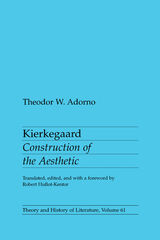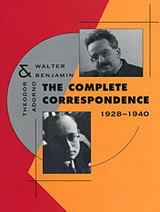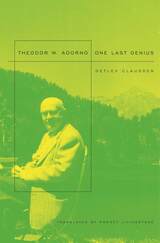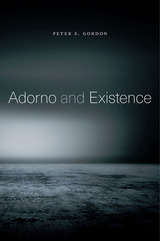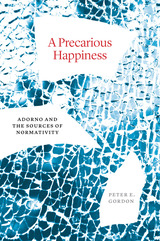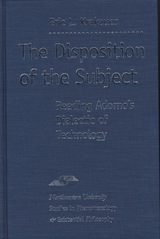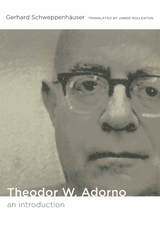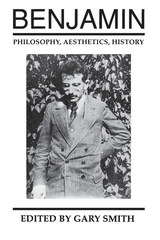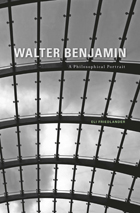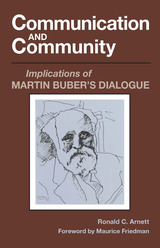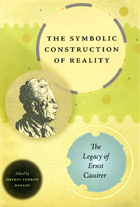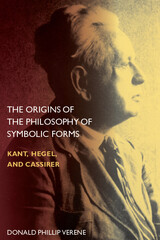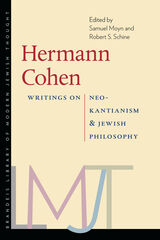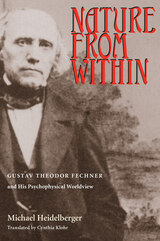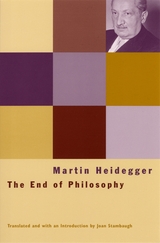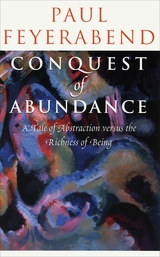Style and Time: Essays on the Politics of Appearance
Northwestern University Press, 2006
Paper: 978-0-8101-2334-2 | eISBN: 978-0-8101-6179-5 | Cloth: 978-0-8101-2333-5
Library of Congress Classification B3209.B584B445 2006
Dewey Decimal Classification 111.85
Paper: 978-0-8101-2334-2 | eISBN: 978-0-8101-6179-5 | Cloth: 978-0-8101-2333-5
Library of Congress Classification B3209.B584B445 2006
Dewey Decimal Classification 111.85
ABOUT THIS BOOK | AUTHOR BIOGRAPHY | TOC | REQUEST ACCESSIBLE FILE
ABOUT THIS BOOK
Interruption is often read as the foundational gesture of modernity—the means through which modernity asserts its existence by claiming its discontinuity with the past. Exposing the limitations of such an understanding, this book offers a very different approach: here, modernity is the site that poses the question of how we are to continue when every attempt to think and understand the present is marked by the necessity of an interruption. Through a reading of Walter Benjamin's writings—particularly on interruption, fashion, and Jugendstil (or Art Nouveau)—Andrew Benjamin in this work offers a sustained meditation on the role of interruption in modernity. His book departs from and elaborates an important but overlooked dimension of Benjamin's discourse: the question of style as it bears upon temporality and spatiality. Extending this meditation in exciting and unexpected ways--toward problems of cosmopolitanism, immigration, and the graphically pornographic, for instance—the author is able to translate Benjamin's multifaceted formulations on style, the dialectical image, awakening, temporality, and spatiality into lucid and highly intelligent stylistics underscoring the philosophical notions of Schein and Erscheining, the interruptions of modernity, and the politics of sameness and otherness.
Nothing less than a rethinking of the conditions of Western art as it relates to politics, architecture, and time, this study of Walter Benjamin's modernity in temporal and spatial terms is a provocative and original work of philosophy in its own right—a work that suggests that the time has come to revise existing paradigms.
Nothing less than a rethinking of the conditions of Western art as it relates to politics, architecture, and time, this study of Walter Benjamin's modernity in temporal and spatial terms is a provocative and original work of philosophy in its own right—a work that suggests that the time has come to revise existing paradigms.
See other books on: 1892-1940 | Appearance | Benjamin, Walter | German | Style
See other titles from Northwestern University Press






